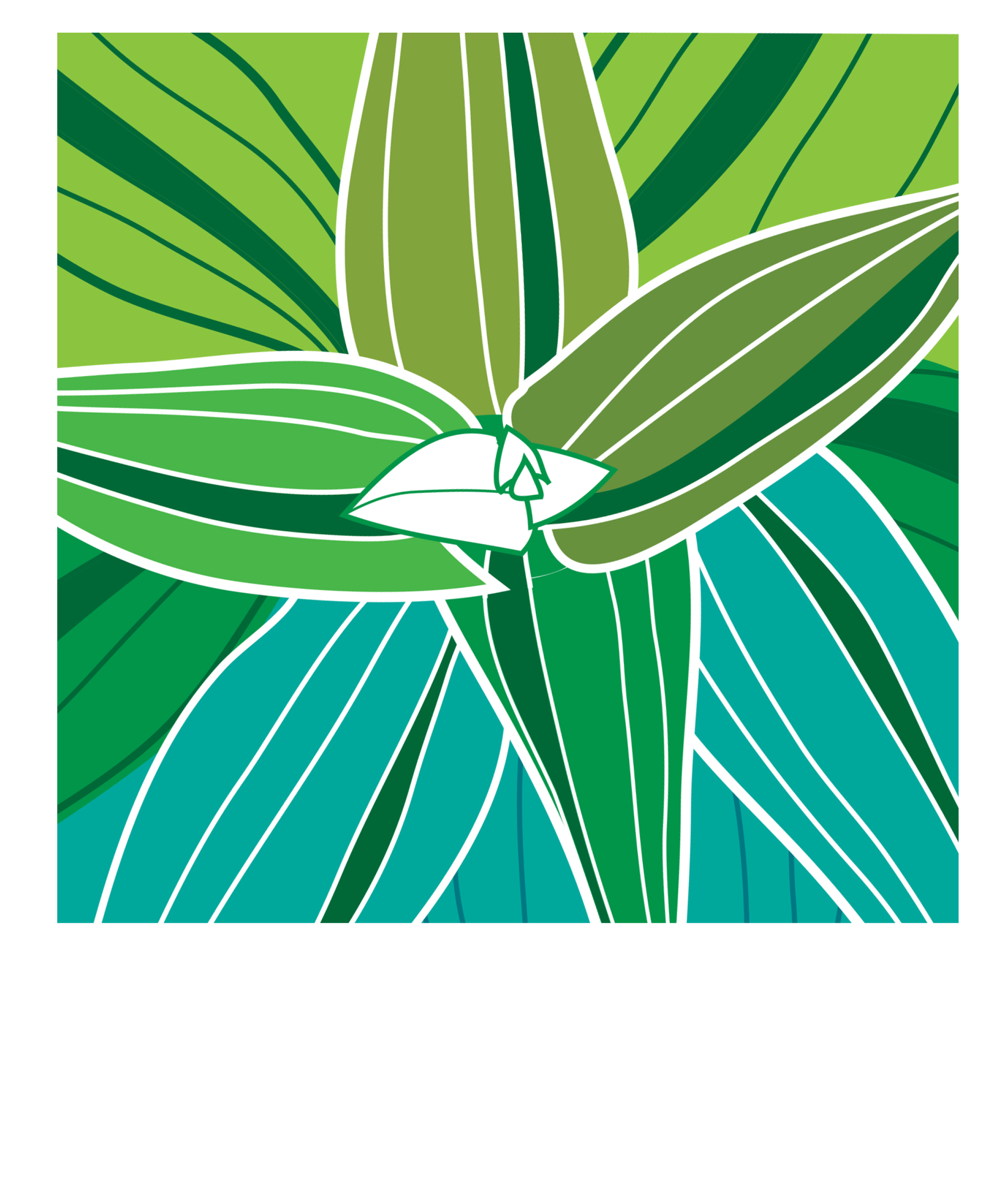Target 20: Indigenous and local knowledge innovations and practices associated with plant resources are maintained or increased, as appropriate, to support customary use, sustainable livelihoods, local food security and health care.
The knowledge that surrounds local innovations associated with native plant resources are invaluable to Hawaiian culture and practice. Some of this knowledge is well-documented in publications and additional knowledge comes from other sources like oral traditions shared over generations. Cultural knowledge includes traditional and contemporary uses of plants and the identification of a plant’s place in intangible cultural heritage, which UNESCO describes as, “…the traditions or living expressions inherited from our ancestors and passed on to our descendants, such as oral traditions, performing arts, social practices, rituals, festive events, knowledge and practices concerning nature and the universe or the knowledge and skills to produce traditional crafts”. An example of a plant’s place in intangible cultural heritage would be in ‘ōlelo no‘eau, such as this Hawaiian proverb, “He ʻaʻaliʻi kū makani mai au”—translated into English as “I am an ʻaʻaliʻi steadfast in the wind”.
After adding references of cultural knowledge to the Laukahi database, these can be cross-referenced to gauge where species may be accessible to cultural practitioners. Our first step is to document the nā inoa meaulu, or the Hawaiian names of plants, from references the Network and public have given us. Our plant names dashboards below are a work in progress, but these aim to summarize and connect the scientific name with the Hawaiian name.
Permits for sustainable harvest of native plants are available from the State of Hawaiʻi, and many botanical gardens provide material to support customary use. We hope to develop a metric for measuring the percentage of Species of Conservation Importance with associated practices that are available in gardens or for permitted sustainable use.
Currently, there are more requests for material resources than there are permits to sell. This may indicate there is a lack of plant material to sustain people’s livelihoods while ensuring wild plant populations are maintained and conserved. This Target can demonstrate the interest and need to develop more resources. Cultural knowledge and innovation related to plants depend on the availability of plants.
We need help! We could use some help documenting the Hawaiian names of plants from ʻōlelo Hawaiʻi speakers and grant support for developing this centralized resource. Please contact us at coordinator@laukahi.org if you can help. Mahalo!
